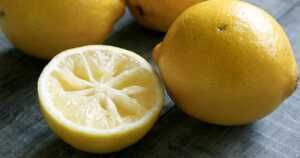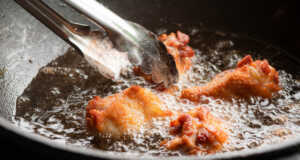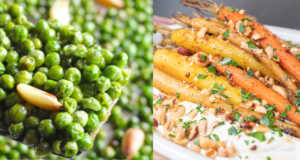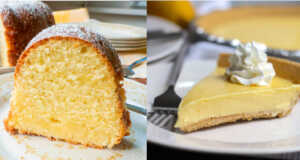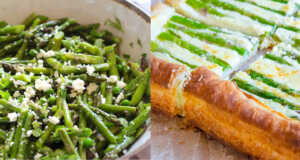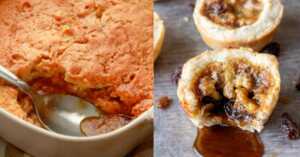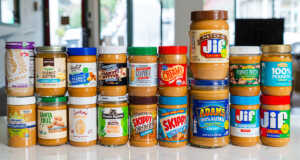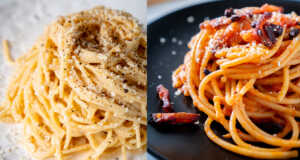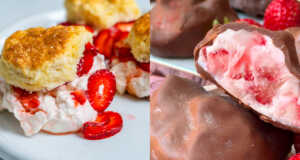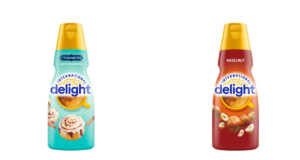In 2001 the kitchen of one of the world’s most famous TV chefs was removed from it’s seat in Cambridge, Massachusetts, and was reinstalled at the Smithsonian Institution’s National Museum of American History Kenneth E. Behring Center located in Washington, D.C. The move marked the end of an era and brought the intimacies of Julia Child’s daily life to the public. What’s inside her kitchen is not exactly what you might expect, but it was a lived in space that saw a lot of a action over the years, including the filming of 3 different TV show series there in her later years.
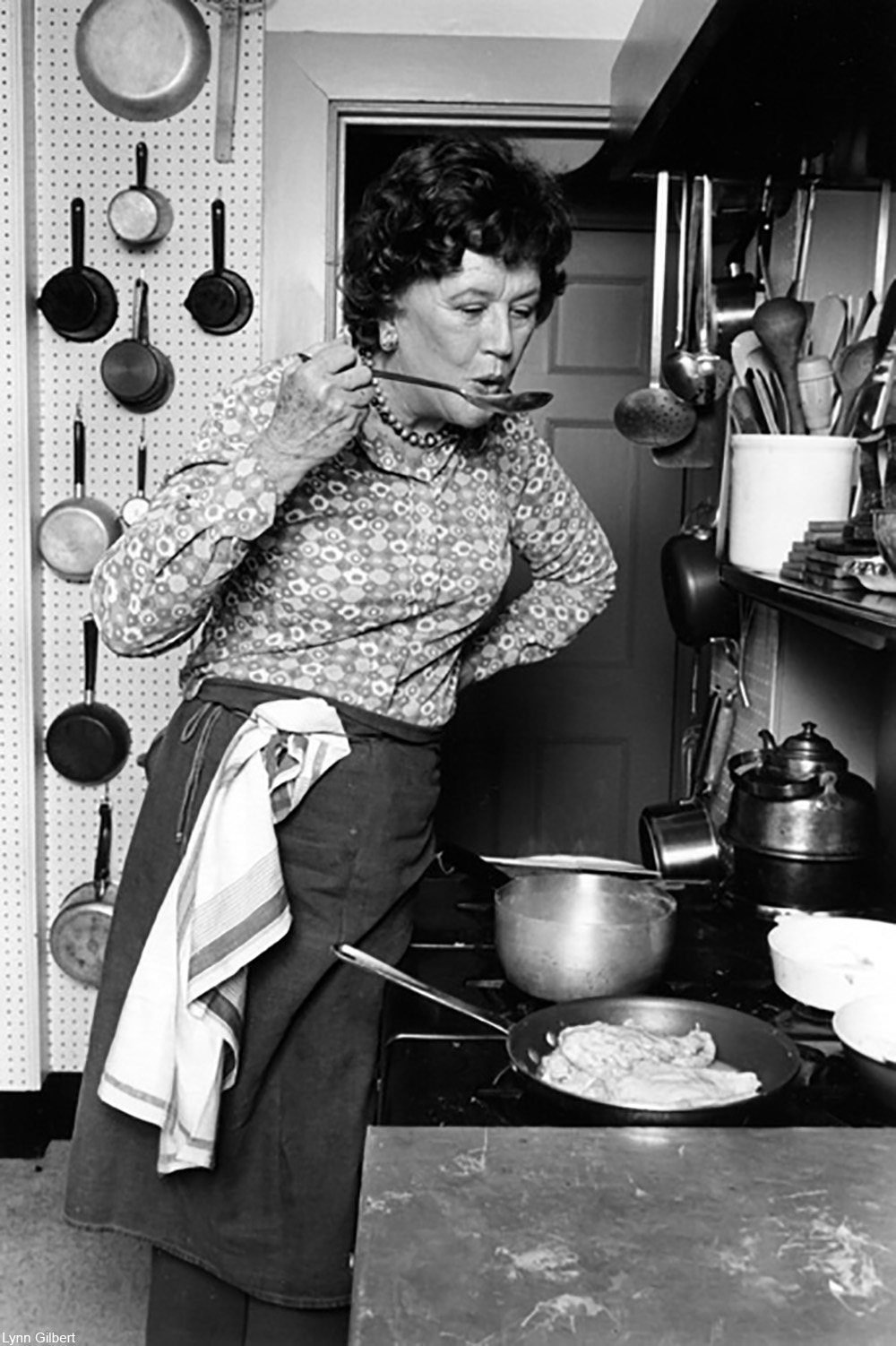
Julia Child died in 2004 and actually had the chance to see her beloved kitchen in the museum. Her belongings all laid out, it was her wish that the objects be on display.
Julia and her husband, Paul, had moved quite a bit as his job was working as a diplomat. When he retired from that profession in 1961, he bought a house on the same street she grew up on in Cambridge and set out to build her a kitchen worthy of her talents (and her height).
Paul designed the countertops to be 38″ high, 2 inches higher than normal to make it easier on Julia, who was 6’2″. He also wanted things to easily be within reach and so he hung a peg board up and made an outline around each object hung on the board. This way she would always known what went where. The kitchen is not only a testament to the power of organization and customization, but it stands as a symbol of his love for her. Kitchens aren’t usually thought of as romantic, but this one might be the rare exception.
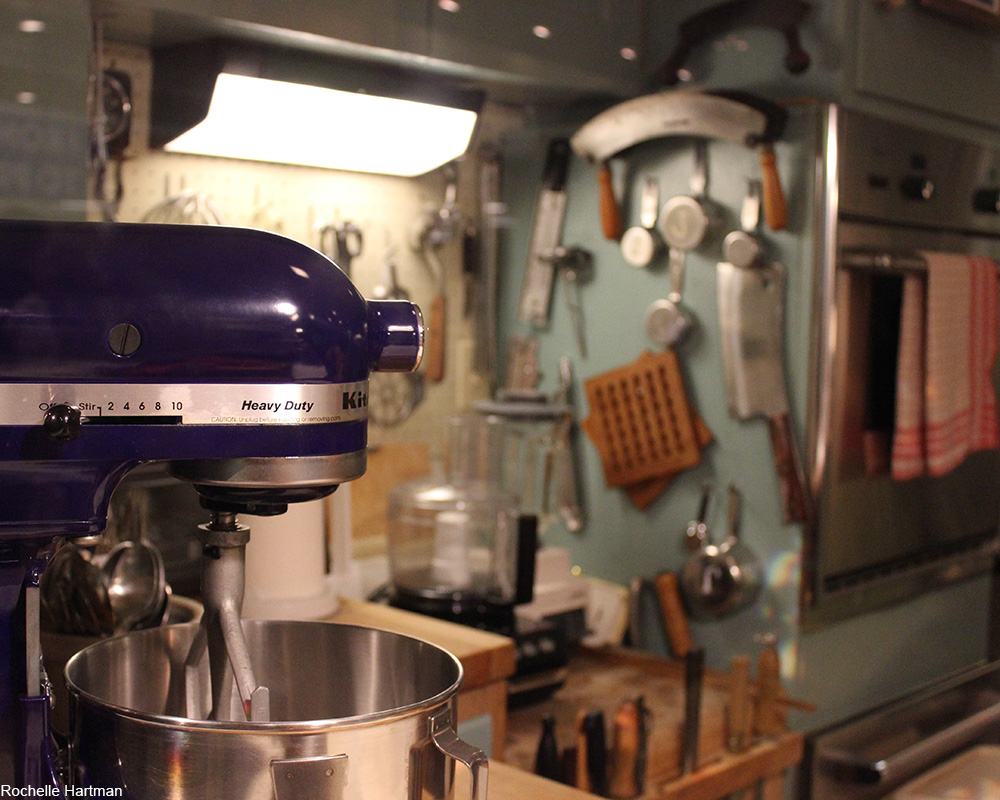
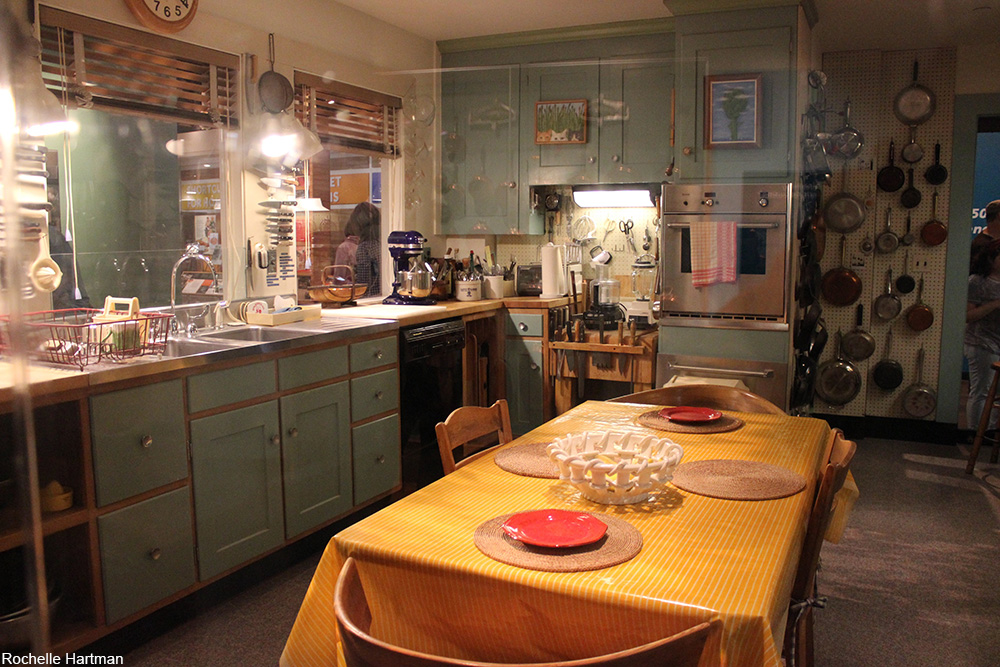
Julia’s personality also shines through in the aqua-painted room, and the original was a custom color created by the painter. For the museum installation a lot of things had to be researched or recreated, like the flooring which was no longer being made when Julia donated the kitchen.
Custom labels by the sink warn of how to correctly operate the garbage disposal which she referred to as “the pig” because it’s where the scraps went. This was, of course, minus the things that couldn’t be put down the disposal according to the labels: “No Grease…No Fat / No Artichokes / No Husks / Beware Onion Skins”.
Perhaps she had learned the hard way and somehow that makes her seem all the more like an explorer in the kitchen instead of the revered chef making French food. In the end she was both.
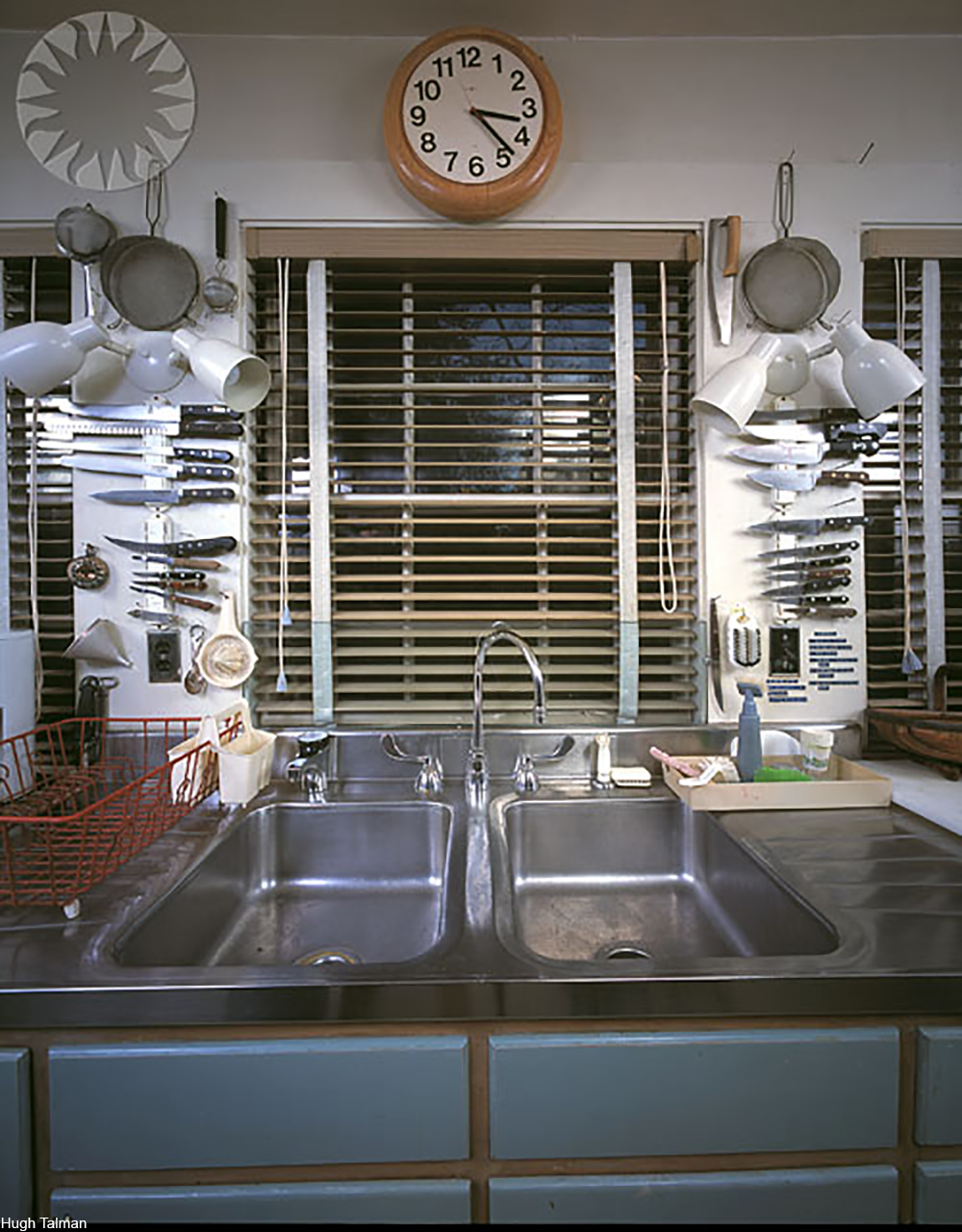
Julia did not have experience working in restaurants when she started filming her first TV series, The French Chef, in 1963. She did however have a diploma from Le Cordon Bleu academy, which utilized G.I. Bill funds since Julia had worked for the CIA during World War II.
In 1961 Julia co-authored the book, Mastering the Art of French Cooking, a tome written for the American market. At the time in the U.S. French cooking was not only foreign, but it was considered too costly and complicated to perform at home. European touches like adding wine to sauces was not yet the usual custom, one of the many things that the beloved TV host would change over time.
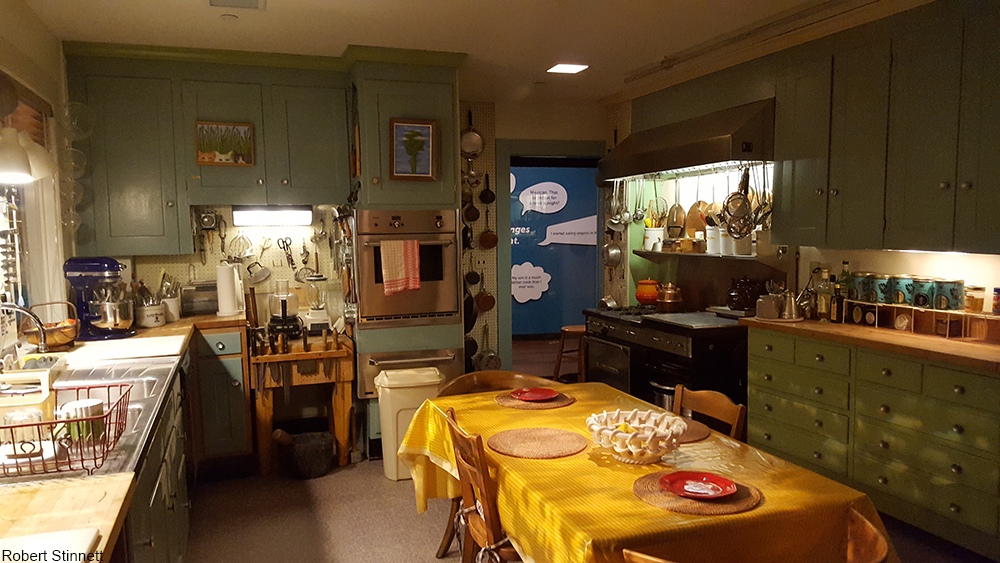
Julia gained trust by warning of the pitfalls of cooking, demonstrating in air how slippery whole chickens can be and dispelling myths about how things “should” be done in the kitchen.
Her Cambridge kitchen reflects a useful space filled with gadgets and certainly well-used over the decades the couple lived there. While this particular kitchen is now a museum exhibit, complete with footage of Julia cooking playing nearby, there is another kitchen of her’s that has also remained as it was.
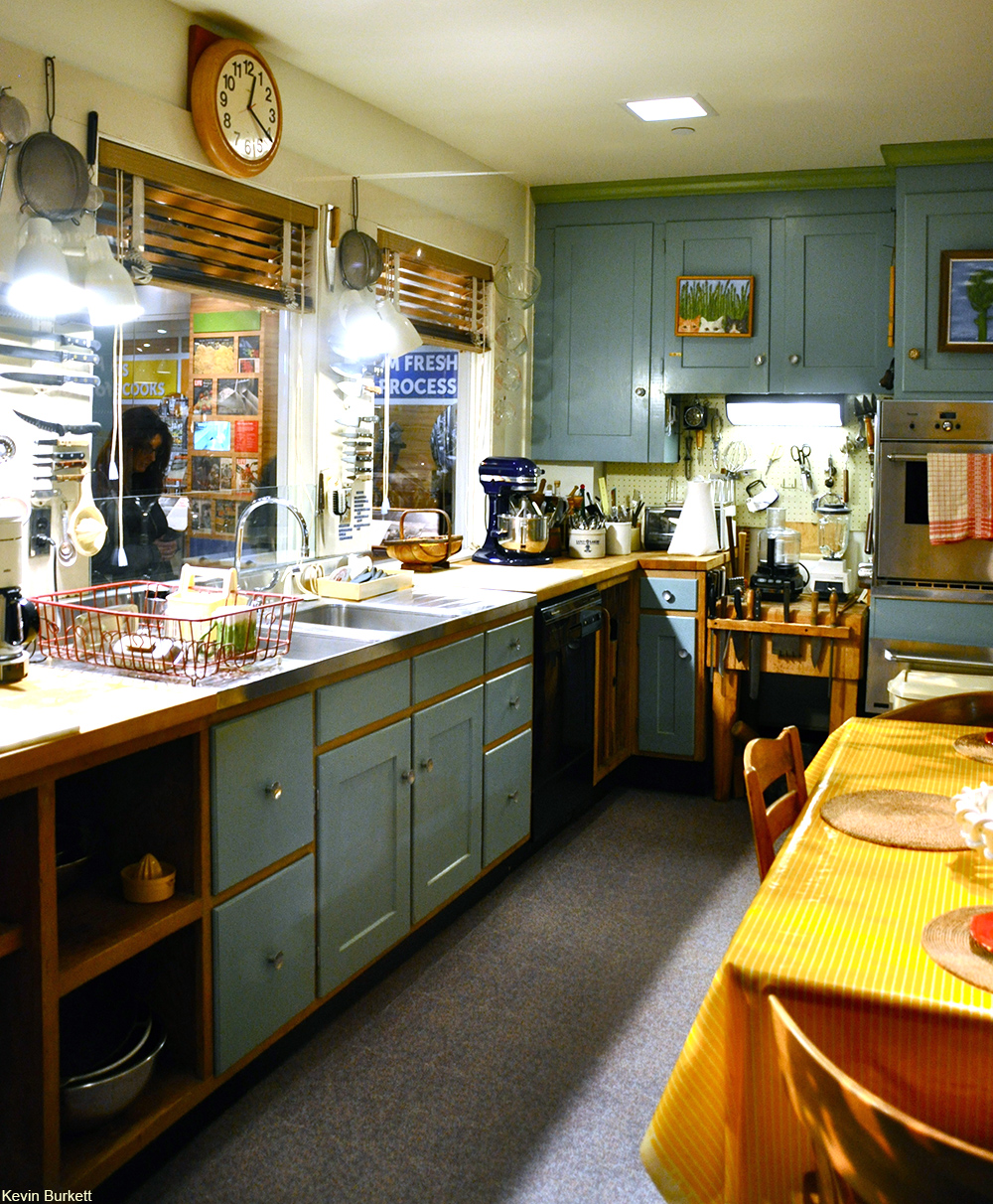
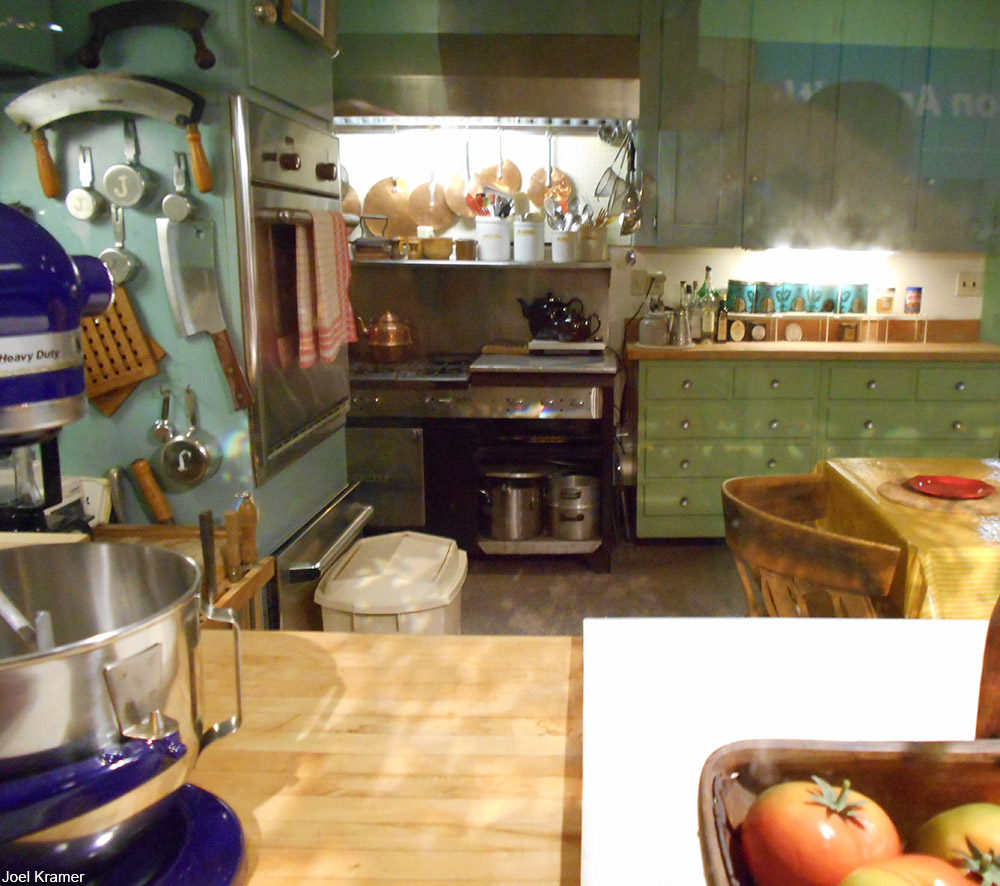
The kitchen of the Child’s cottage, “La Pitchoune” (little one), was also built to Paul’s discerning eye a few years after the Cambridge house was complete. Located in the rural French (provençal) town of Plascassier, the home has been used as a cooking school ever since Julia gave it up in the early ’90s following Paul’s death, with the kitchen un-remodeled. Like the museum-worthy kitchen that was later installed at the National Museum of American History, Paul had the counters built high and a pegboard hung to house her pans and tools all easily within sight.
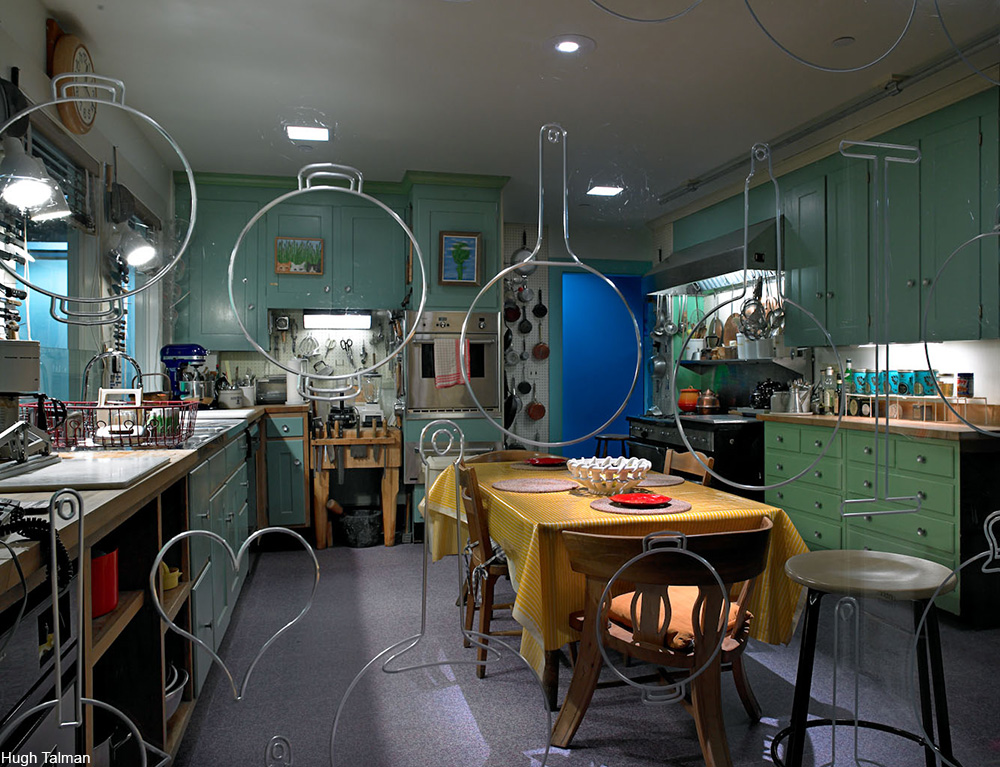
Like her personality, her kitchen reflects her incredible life, her journey to become one of the world’s most well known chefs, and her love of all things food. One of the things that is most surprising about her kitchen is just how practical it is. This is no show kitchen, rather it was more of a laboratory and working space, which fits her view of cooking in general. She once said, “This is my invariable advice to people: Learn how to cook — try new recipes, learn from your mistakes, be fearless and above all have fun!”.
